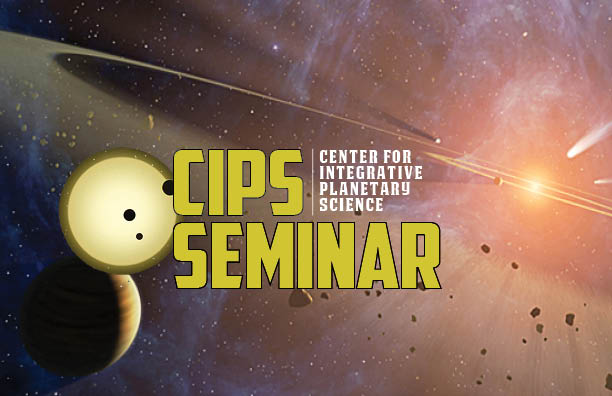Giant Planet Formation and Snowlines in Protoplanetary Disks
Wed, September 30, 2015

The composition of planets is determined by and tightly linked to the composition of the protoplanetary disk in which they form. In the first part of my talk, I will discuss giant planet formation through core accretion. Specifically, I will show how the minimum core mass required to form a giant planet during the lifetime of the protoplanetary disk depends on the location in the disk, the equation of state of the nebular gas and dust opacity. This minimum applies when planetesimal accretion does not substantially heat the core’s atmosphere. The minimum core mass decreases with semimajor axis, and may be significantly lower than the typically quoted value of 10 Earth masses. In the second part of my talk, I will transition to protoplanetary disks, and to how their composition and evolution may affect the formation and chemical composition of giant planets. As the C/O ratio is an important signature of giant planet atmospheres, I will discuss how the snowline locations of the main C and O carriers, i.e. H2O, CO2 and CO, are affected by radial drift of solids and viscous gas accretion. Compared to a static disk, these two effects move the snowlines inwards by ~50%. This affects the C/O ratio in gas and dust throughout the disk, and thus has direct implications in shaping the composition of nascent giant planets.
